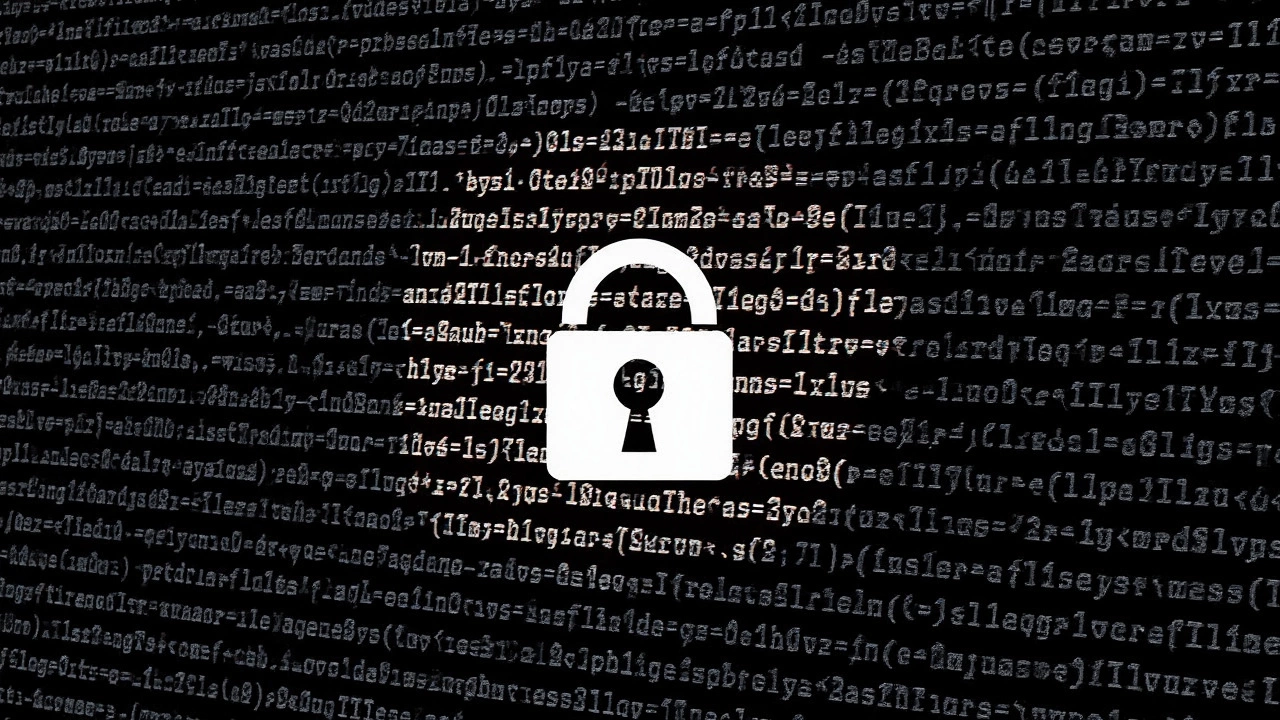Unprecedented Data Breach Rocks Tech Giants and Everyday Users
Imagine waking up to find your passwords for Apple, Google, and Facebook floating around the internet—except in this case, you’re not alone. Cybersecurity experts have just uncovered a mind-blowing leak: 16 billion pieces of login information, including usernames and passwords, from the world’s most popular sites and government services. This isn’t just a one-off hack. It’s a sprawling collection pulled from over 30 different breaches, with each dataset packing up to 3.5 billion records. That’s nearly double the population of the entire planet—with some records probably showing up more than once, but the sheer number is shocking.
How did such a colossal trove end up in criminal hands? It all started with infostealers, a nasty breed of malware that lurks on infected devices, quietly stealing passwords and other sensitive snippets. Over months—and in some cases, years—these malicious programs have been siphoning off your most personal information. Apart from malware, the breach also includes details siphoned from older, unrelated hacks. The 16 billion figure collects stolen data from everything like popular developer sites such as GitHub, fast-moving communication platforms like Telegram, and even sensitive government portals. No one seems safe, whether you run a business or just check your email.
Here’s where things get even more worrying. Hackers love something called credential stuffing. It's as dull as it sounds on paper, but it’s devastatingly effective: they take a password from one website and use automated bots to try the same combo on dozens of other sites. People reuse passwords far more often than they think. If your Netflix password matches your online banking login, you might wake up to more than a suspended streaming account.

Why This Breach Matters — And How You Can Protect Yourself
You’d think news this big would be a trending headline everywhere, but oddly, the leak has slipped under the radar for most people. That’s mostly because it compiles dozens of old and recent breaches, not just one bombshell event. But for cybercriminals, this huge cache is like winning the lottery—easy access to personal info, corporate systems, VPN services, and more. Insurance giants like Erie Insurance and Philadelphia Insurance Companies have already felt the sting from cyberattacks this past year, showing that no industry is safe.
So, what are everyday folks supposed to do now? Start by enabling two-factor authentication (2FA) wherever you can. That little code you get on your phone is often the only thing standing between your accounts and a hacker. Then, check if your credentials have appeared in any breach using services like Have I Been Pwned or your password manager’s built-in security tools. And yes, it’s time to finally change that password you’ve been using since high school—especially for major accounts like Apple and Google.
If your data has been swept up in this data breach, act fast. The size and complexity of this leak are a glaring wake-up call about just how far hackers will go—and how clever their tricks have become. Don’t let them get the upper hand just because your passwords are on autopilot.




